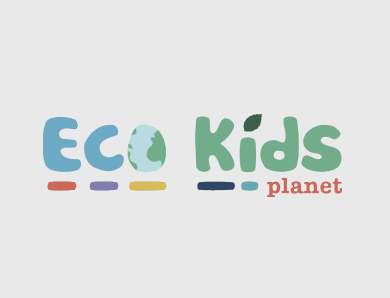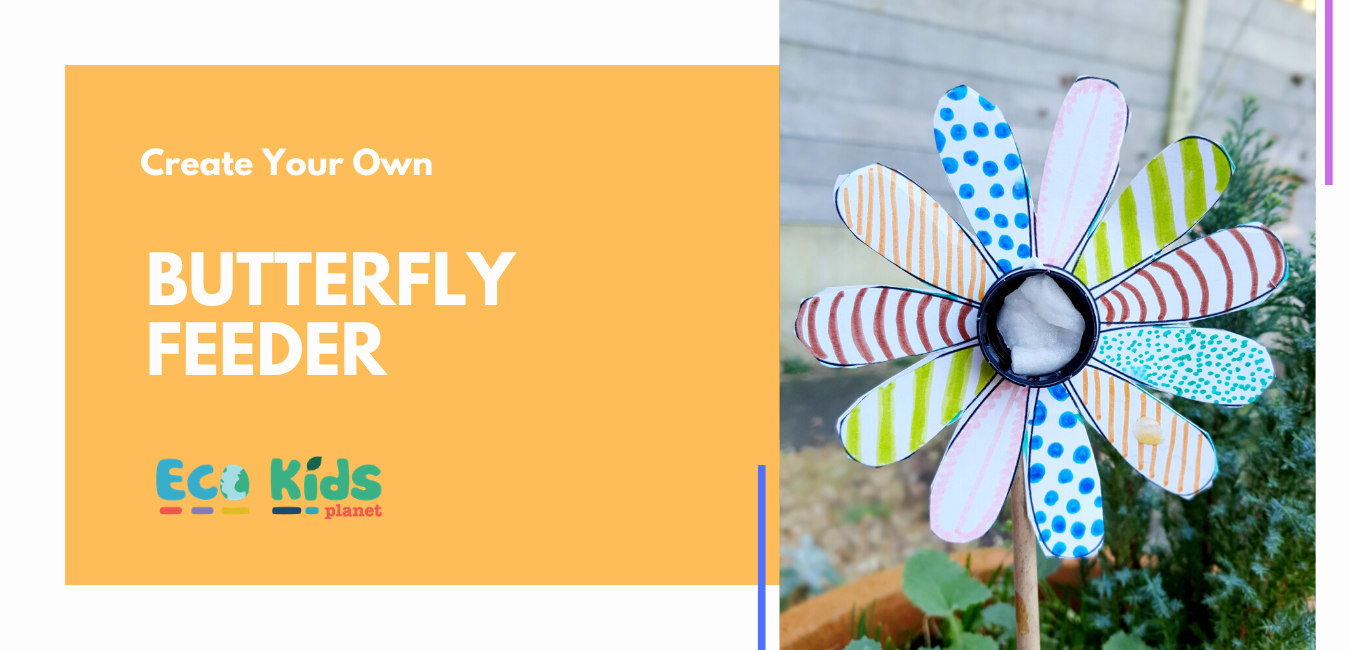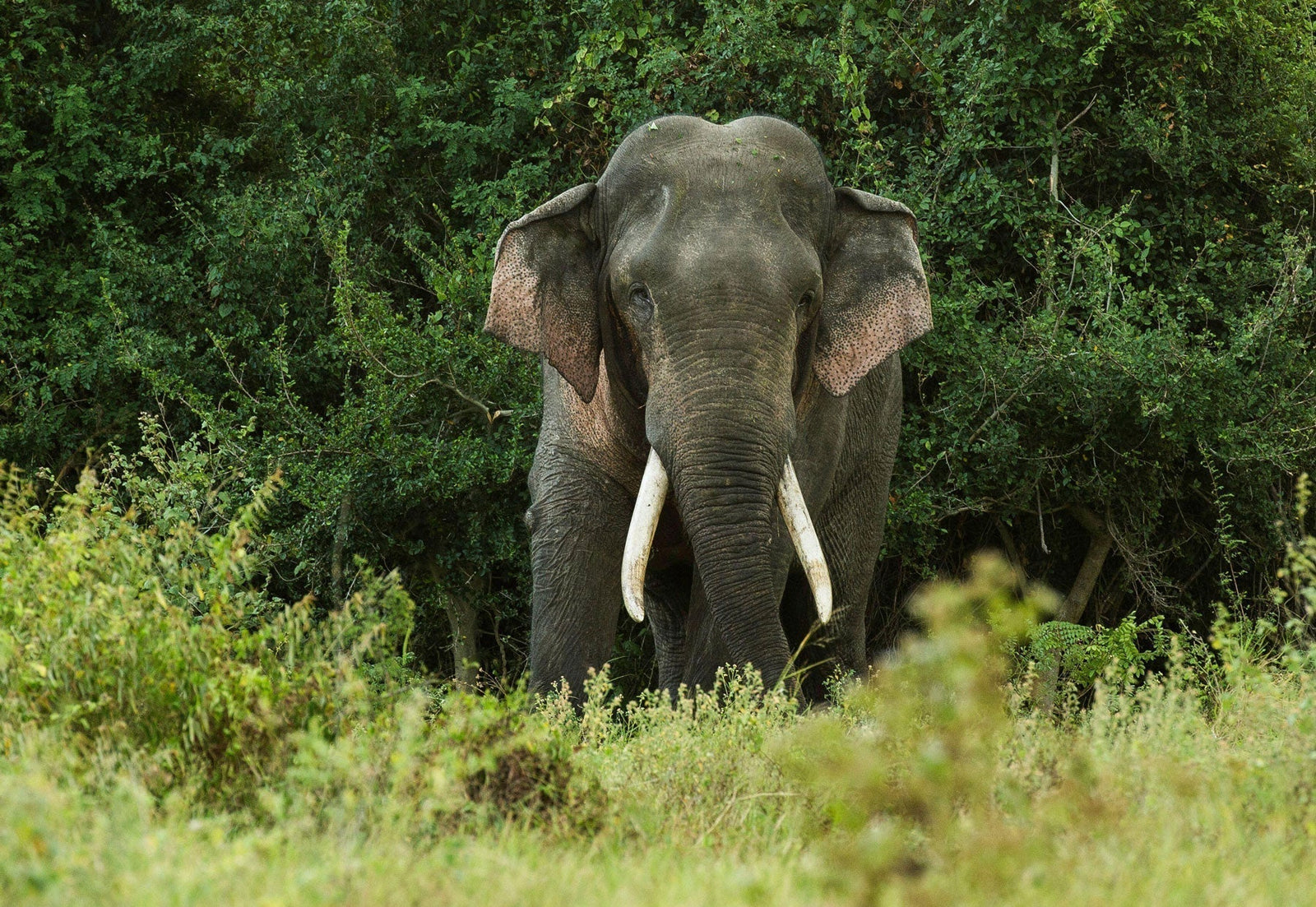Your Cart is Empty
These vibrant butterfly feeders will liven up any green space. Transform recycled plastic and add a splash of colour to help feed butterflies.
 Step 1: Use your resource pack* to choose from our different flower templates. Or draw or print your own. Cut it out.
Step 1: Use your resource pack* to choose from our different flower templates. Or draw or print your own. Cut it out.
 Step 2: Colour and decorate your flower. Remember: butterflies are attracted to brightly coloured things.
Step 2: Colour and decorate your flower. Remember: butterflies are attracted to brightly coloured things.
 Step 3: Now create some backing for your flower, to make it stronger. Place your flower on some card and draw around it. Cut it out.
Step 3: Now create some backing for your flower, to make it stronger. Place your flower on some card and draw around it. Cut it out.
Step 4: Glue the card to the back of your flower.
Step 5: Glue a recycled bottle top (flat side down) to the centre of the flower.
 Step 6: Mix one teaspoon of sugar with four teaspoons of water. This is your sugar water, which the butterflies will eat. Soak it up with some cotton wool. Push the cotton wool into the centre of the plastic lid. It should remain in place.
Step 6: Mix one teaspoon of sugar with four teaspoons of water. This is your sugar water, which the butterflies will eat. Soak it up with some cotton wool. Push the cotton wool into the centre of the plastic lid. It should remain in place.
 Step 7: Tape a stick (we used garden canes) or a recycled straw to the back of your feeder.
Step 7: Tape a stick (we used garden canes) or a recycled straw to the back of your feeder.
Step 8: Place it outdoors and let it liven up your garden. When the cotton wool gets dry, replace it with a fresh piece soaked in sugar water.

Want to learn more growing your own butterfly garden?
This fantastic blog has a step-by-step guide on where to plant your garden, what to plant and how to accommodate every stage of butterflies (from caterpillars to adults).
Comments will be approved before showing up.

We received so many fantastic entries to our Time-Travelling Animal Adventure competition – thank you to everyone who took part! We loved seeing your creative ideas, colourful drawings and exciting stories. From racing dinosaurs to rescuing baby pterodactyls, your time-travel tales truly brought the past to life.

Test your tusk knowledge with our fun Tusk Titans Quiz! From woolly mammoths and vampire deer to walruses and warthogs, see how many tusked creatures you can name. Perfect for curious kids who love wildlife – play now and become a tusk expert in the making! Want to explore more? Discover the ...
Can Fake Tusks Help Save Real Animals? Synthetic ivory – a man-made material that looks and feels like real tusk – is sparking big conservation questions. Could it stop poaching and protect elephants, or might it make ivory seem more acceptable again? We've put together the facts below – and we're a...


Deborah Woods
April 06, 2020
This is an excellent idea will give it a try, Thank you, my daughter loves EcoKids. Please could you add a print page function to these online activities, that would really help. Much appreciated